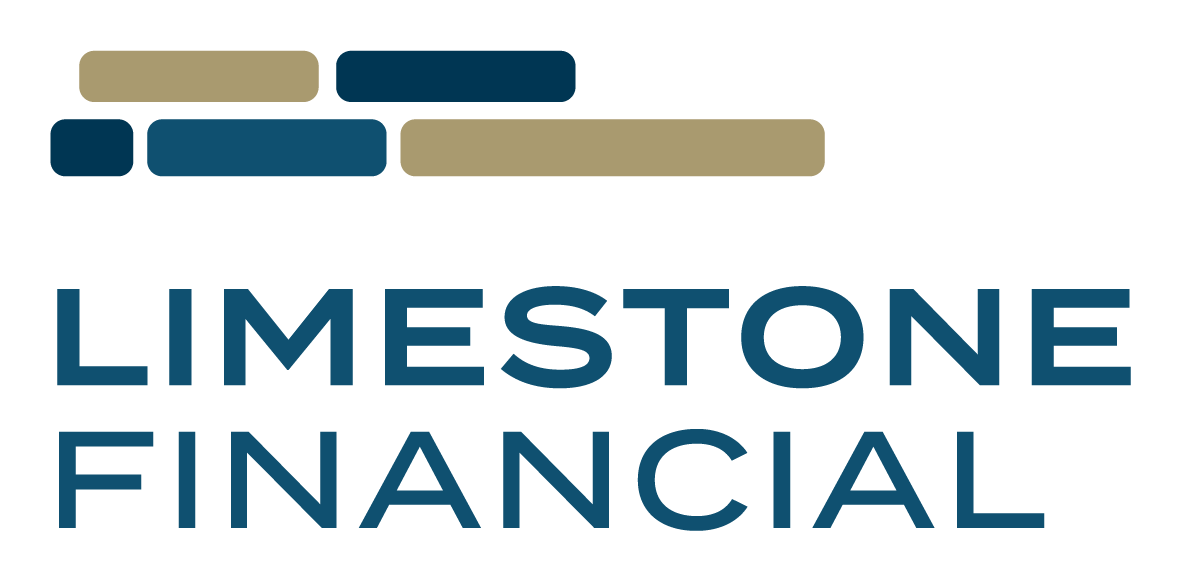FHSA – First Home Savings Account
Let’s face it, buying your first home in Canada has become more challenging in the past few years. The days of saving up enough money for a downpayment in your first few years of work seem far away. Even if you are a good saver, where do you put your money? Common ways have been in a savings account or contributing to a Registered Retirement Savings Plan (RRSP) and withdrawing the majority of the account through the Home Buyers’ Plan.
In 2023 the Canadian Government released a new account to give a clear answer of how to save for the downpayment on your first home: the Tax-Free First Home Savings Account (FHSA). This account provides the benefits of all the other ways to save and provides clarity on how to do it.
The Basics
The FHSA contributions work like an RRSP contribution as they are tax deductible. This means if you earn $60,000 in income in a year but contribute $5,000 into the FHSA, your taxable income is lowered to $55,000. The best part? You do not use up your RRSP contribution room!
You can put $8,000 into the FHSA per year starting in 2023, up to a lifetime maximum of $40,000, so it would take until 2027 to max the account out. What happens then? Well, are you ready to buy your first home? If not, do not worry as the account can stay open for 15 years from when you opened it.
When you do finally withdraw the money to purchase your first home, you may be wondering how much tax you need to pay. This amount is zero! Yes, $0. The withdrawal on a qualified home purchase is tax free. You get the tax deduction when you put it in, and you pay no taxes upon withdrawal.
FHSA Investments
The investments you can hold in the FHSA are the same as other registered accounts such as an RRSP and TFSA. Some examples are mutual funds, exchange-traded funds (ETF’s), stocks, guaranteed investment certificates (GICs) and cash or cash equivalents.
Time horizon is critical when choosing what to invest in. If you are starting out and know it will be upwards of 10 years until you buy a home, you may consider taking on a little more risk for higher return potential over that period. If you are “turbo charging” your downpayment and you know within 2 years you will buy a house, a conservative investment would make the most sense.
If you are unsure, a qualified professional can help you throughout the whole process.
What if I do not use the FHSA to buy a home?
Your FHSA must be closed:
• The year you turn 71
• 15 years after first opening the account
• The year following the year of the qualifying withdrawal
There are situations where you may not use your FHSA to purchase a qualified home. A couple of the most common ones are:
• You may choose to rent for the rest of your life.
• You may move in with a partner who already owns a home.
• You are not ready to buy a home within 15 years of opening the account.
Remember the part where you receive the tax-deduction on your contribution? If you do not purchase a home for whatever reason, you can transfer the FHSA into an RRSP on a tax-free basis! This is a great benefit of the account, especially as it doesn’t use up any RRSP contribution room.
If you do not transfer it into an RRSP and you withdraw the money NOT for a qualified home purchase, this amount will be taxable to you.
Where do I go from here?
If you have read this far, you probably are planning to buy a home at some point, or you know someone who is. Home ownership is a significant life event for most Canadians and sometimes it may not feel achievable.
A few tips which will help along the way:
Have a plan in place
If you are training for your first marathon, you probably won’t just head out the door for a run randomly leading up to the race. You may have a 6-month training schedule, a recovery plan and a plan for the marathon weekend itself. Planning out your training far in advance is the best strategy to ensure things go smoothly. Financial goals and home ownership goals are no different than planning another endeavor. Sometimes you can achieve it without a plan, but often it will not go smoothly and it probably will not be a comfortable ride.
Ensure your overall wealth plan is not fully replaced by a home owership goal
It is understandable buying your first home may be your number one financial goal, but it is best to ensure your retirement savings is not fully replaced by a home ownership goal for a period of your life.
Let’s say you spend 9 years contributing only into your FHSA, and no other retirement accounts. You finally purchase your home, and most of your money over a further 9 years goes into renovations, bill payments and the rest. After 18 years, you finally feel comfortable saving for retirement. The bad news? You just lost 18 years of saving/investing for retirement, which may mean you work longer or have to save A LOT more each month to achieve the goal. A retirement goal 30 years from now is a lot easier to manage than a retirement goal 12 years from now.
Work with a qualified professional
If you are unsure of how to start saving or if you are unsure if this account is right for you, you should work with a qualified professional. They can help you put a plan in place and remove a lot of the stress while guiding you along the path to achieving your goal. Having someone else along for the journey will make it easier and will give you more time to focus on other important aspects of your life.
Disclaimer
This material is provided for general information and is subject to change without notice. Every effort has been made to compile this material from reliable sources however no warranty can be made as to its accuracy or completeness. Before acting on any of the above, please make sure to see a professional advisor for individual financial advice based on your personal circumstances.


